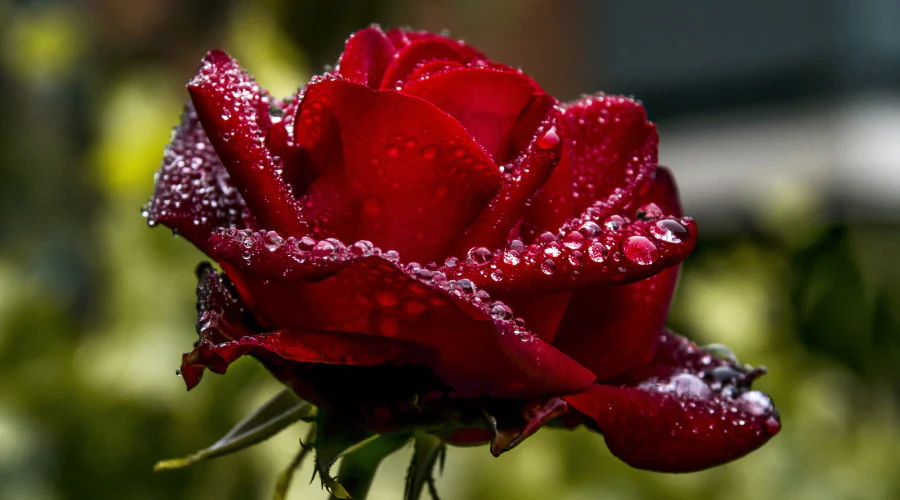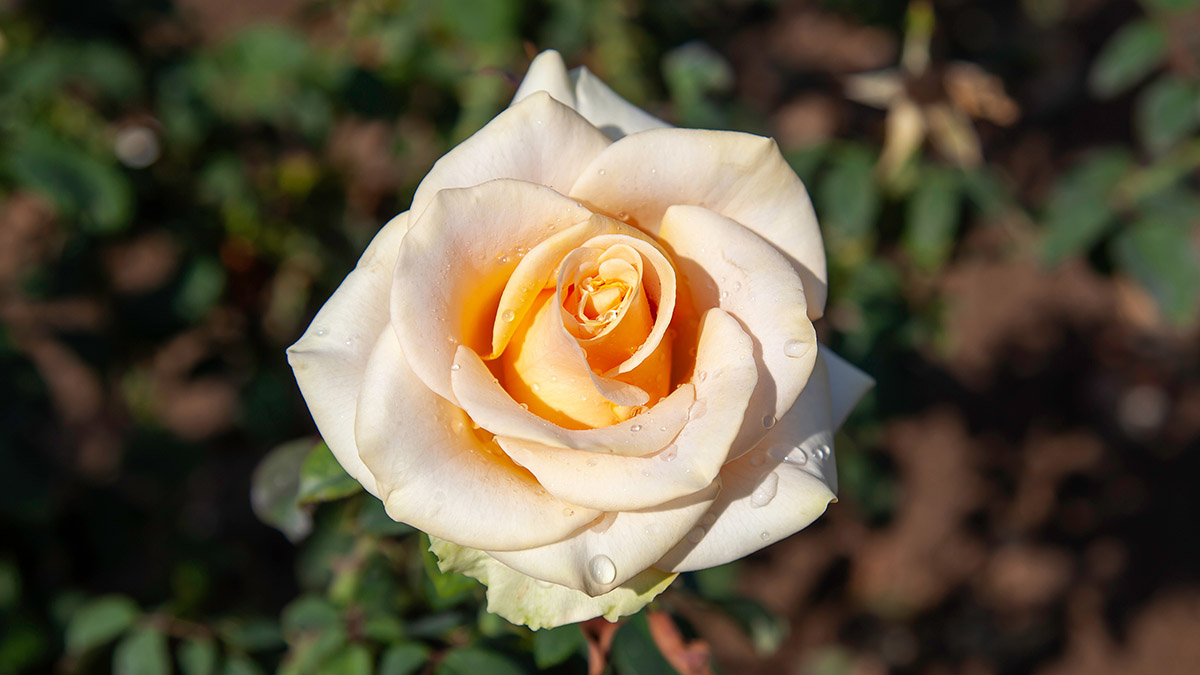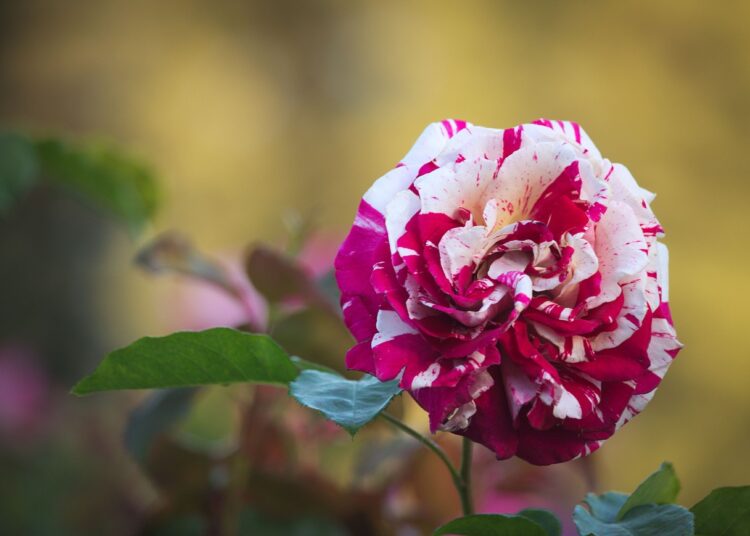Roses are one of the most beloved flowers around the world, celebrated for their beauty, fragrance, and symbolic meanings. The shape of a rose is one of the most distinguishing characteristics, varying widely across different varieties. In this article, we will explore the average shape of a rose, the factors that influence it, and the different types of blooms you may encounter in your garden.
The Anatomy of a Rose

Before we dive into the shapes of rose blooms, it’s essential to understand the basic anatomy of a rose flower. The structure of the rose includes:
- Petals: Wild roses typically have five petals, while cultivated varieties can have more due to hybridization. These petals are often the focal point of the bloom’s appearance.
- Sepals: These are the green, leaf-like structures found beneath the petals that protect the flower in its bud stage.
- Stamens and Pistils: Located at the center of the rose, the stamens contain pollen, while the pistils are responsible for fertilization, leading to the formation of seeds.
Common Rose Bloom Shapes
Roses come in a variety of bloom shapes, which add to their aesthetic charm. Here are some of the most common shapes you will encounter:
- Cupped Blooms: These roses have petals arranged in a circular pattern, with a scooped center. This shape is graceful and elegant, often associated with classic rose varieties.
- Flat Blooms: As the name suggests, these blooms are flat, with petals that spread out horizontally. The shallow appearance makes these roses appear wide and open.
- Globular Blooms: These blooms are rounded and often form a spherical shape with tightly packed petals, giving them a full and compact look.
- High-Centered Blooms: Known for their distinct cone-like shape, these blooms feature a raised center with petals that gradually open outward. High-centered roses are commonly found in hybrid tea roses.
- Quartered Blooms: The petals of these roses overlap in a pattern that resembles a quatrefoil, offering a unique and intricate appearance.
- Rosette Blooms: These roses have multiple rows of petals arranged in a spiral, creating a rosette-like shape. The petals may be more tightly packed toward the center, opening up as they reach the outer edges.
- Pompon Blooms: Characterized by small, rounded clusters of petals, pompon roses form a tight and spherical shape, giving them a playful and dainty look.
Factors Influencing Rose Bloom Shapes
Several factors contribute to the variation in the shape of rose blooms. These include:
- Genetics: The shape of a rose bloom is often determined by its genetic makeup. Hybridization, where two different rose varieties are crossed, can result in a variety of bloom shapes.
- Environmental Conditions: Climate plays a significant role in the growth and development of roses. Factors such as temperature, humidity, sunlight, and soil quality can all impact the shape of the blooms.
- Cultivation Practices: Proper care, including pruning, watering, and training, can influence the overall shape of the rose bush and its blooms. For example, roses grown in optimal conditions will often develop more uniform and well-formed blooms.
Notable Rose Varieties and Their Shapes

Different rose varieties tend to have distinctive shapes that make them easily recognizable. Some of the most popular varieties and their bloom shapes include:
- Hybrid Tea Roses: Known for their large, high-centered blooms, hybrid tea roses are some of the most iconic roses. They typically have a formal, cone-like shape with a pointed center and layers of petals.
- Floribunda Roses: These roses are known for their prolific blooming habits, often featuring flat or cupped blooms. Floribundas are perfect for gardeners who want a colorful display with consistent blooms.
- Climbing Roses: As the name suggests, climbing roses grow on structures such as trellises or fences. Their blooms typically feature high-centered or quartered shapes that complement the vertical growth habit.
- Miniature Roses: These roses are compact in size but come in a wide variety of shapes, including rosettes, pompons, and globular blooms. Their small size makes them ideal for container gardens and smaller spaces.
The Significance of Bloom Shapes in Rose Selection
The shape of a rose bloom plays an important role in the selection process, as it affects both aesthetic preferences and the functionality of the plant in your garden.
- Aesthetic Preferences: Different shapes appeal to different tastes. For instance, if you prefer classic, elegant blooms, high-centered roses may be your ideal choice. For a more natural look, cupped or flat blooms may be more suited to your garden design.
- Cultural Symbolism: In many cultures, the shape of a rose may carry specific meanings. For example, the tightly packed, intricate petals of a rosette may symbolize purity or grace, while the simplicity of a flat bloom may represent openness and honesty.
- Functional Considerations: The shape of the bloom can also affect pollination and disease resistance. High-centered blooms often have more space for pollinators to access the flower’s reproductive organs, while tightly packed blooms may trap moisture, leading to a higher risk of fungal infections.
Conclusion
Understanding the average shape of a rose and the factors that influence it can help you select the right variety for your garden. Whether you are looking for a classic high-centered bloom or a more relaxed, rosette-shaped flower, there is a rose variety that will suit your aesthetic and functional needs. By taking into account factors such as genetics, environmental conditions, and cultivation practices, you can ensure that your roses thrive and produce beautiful blooms year after year.










